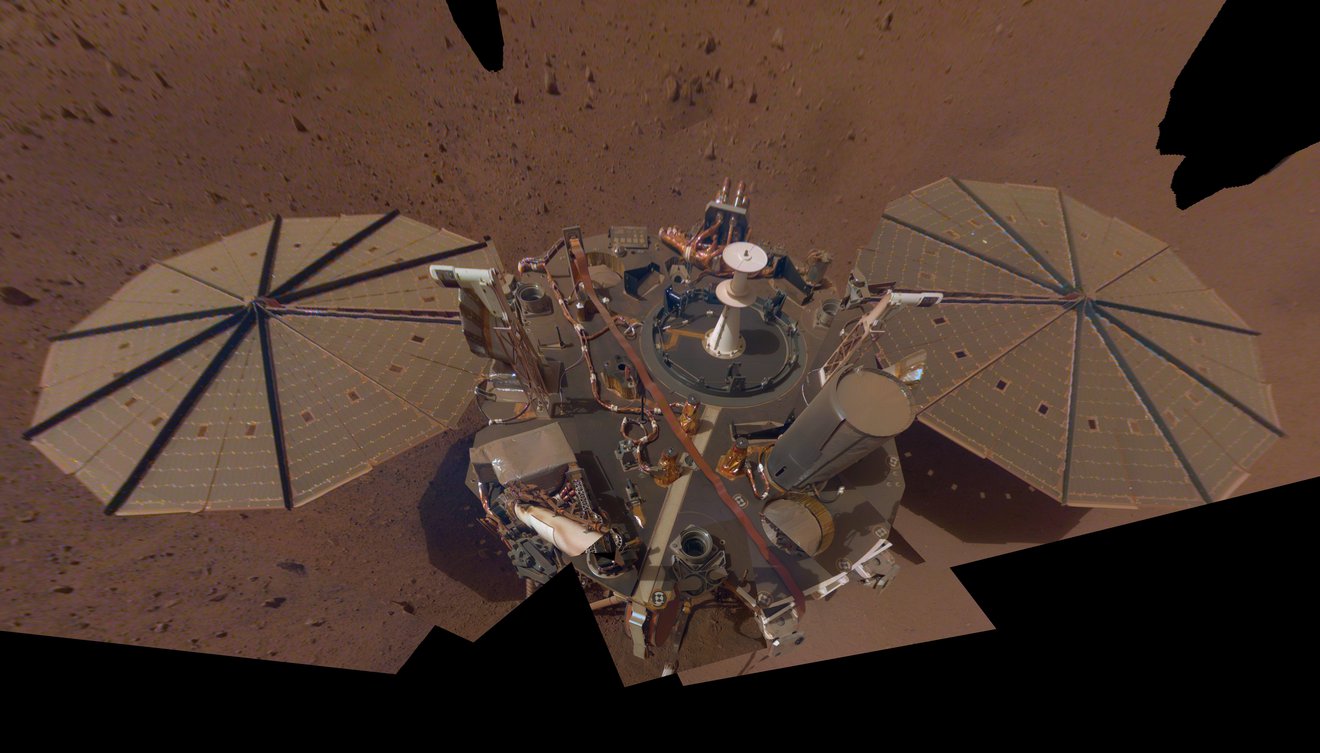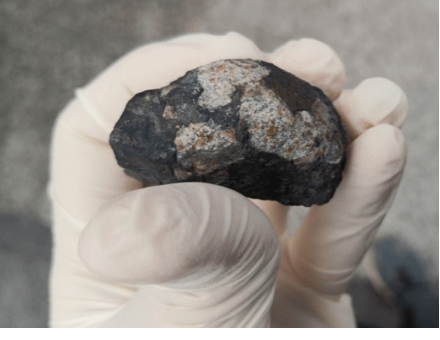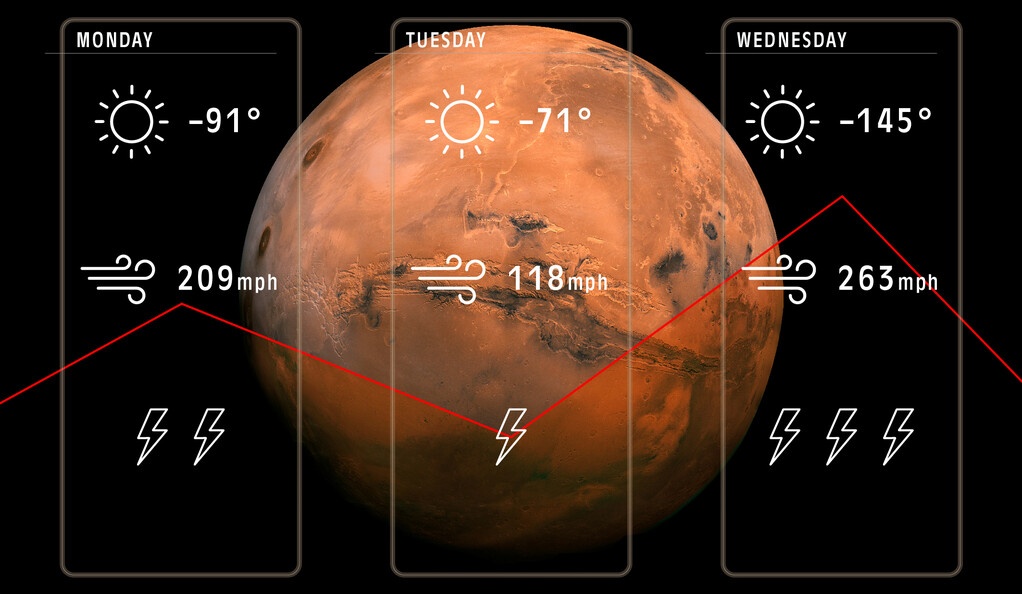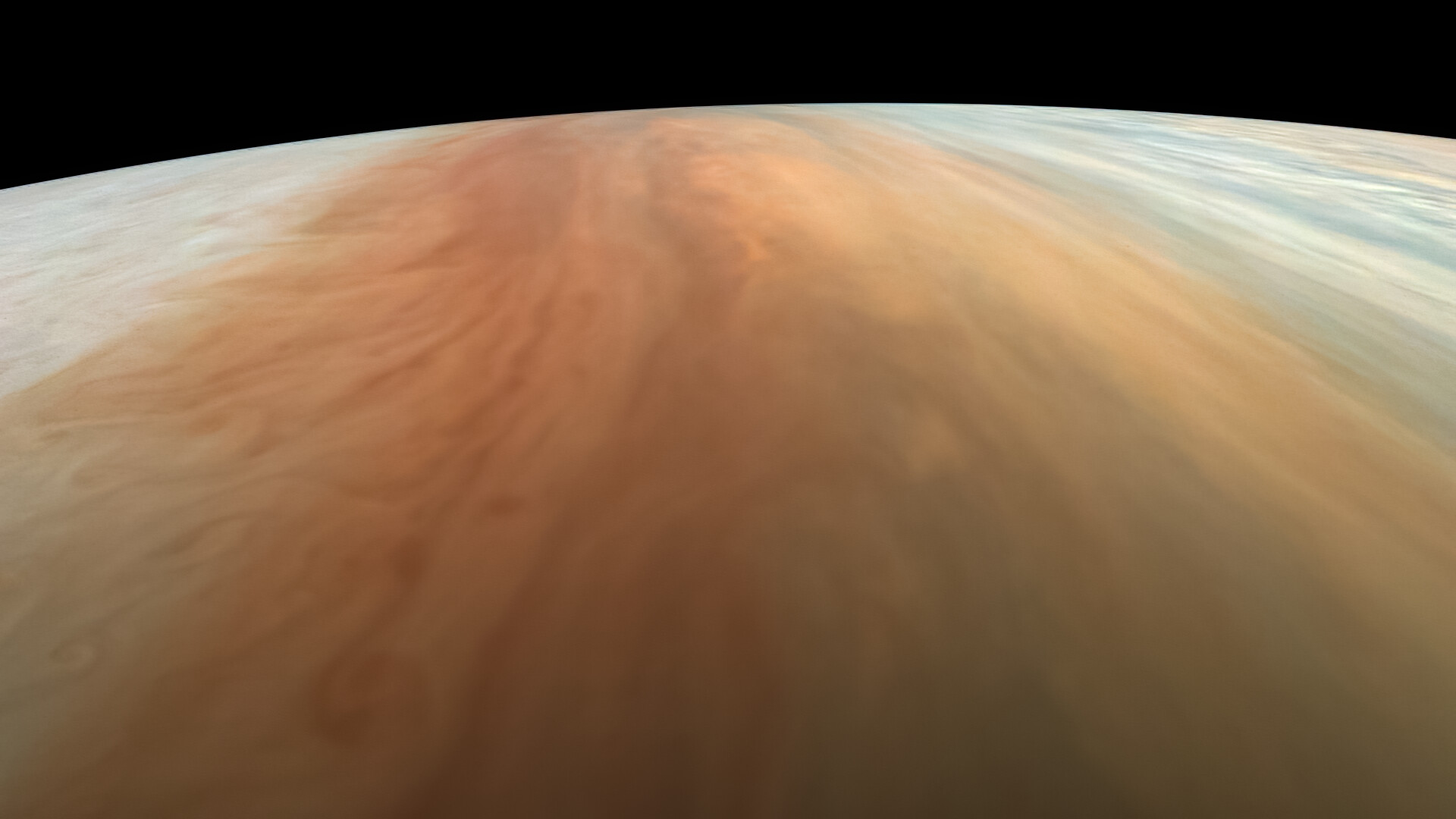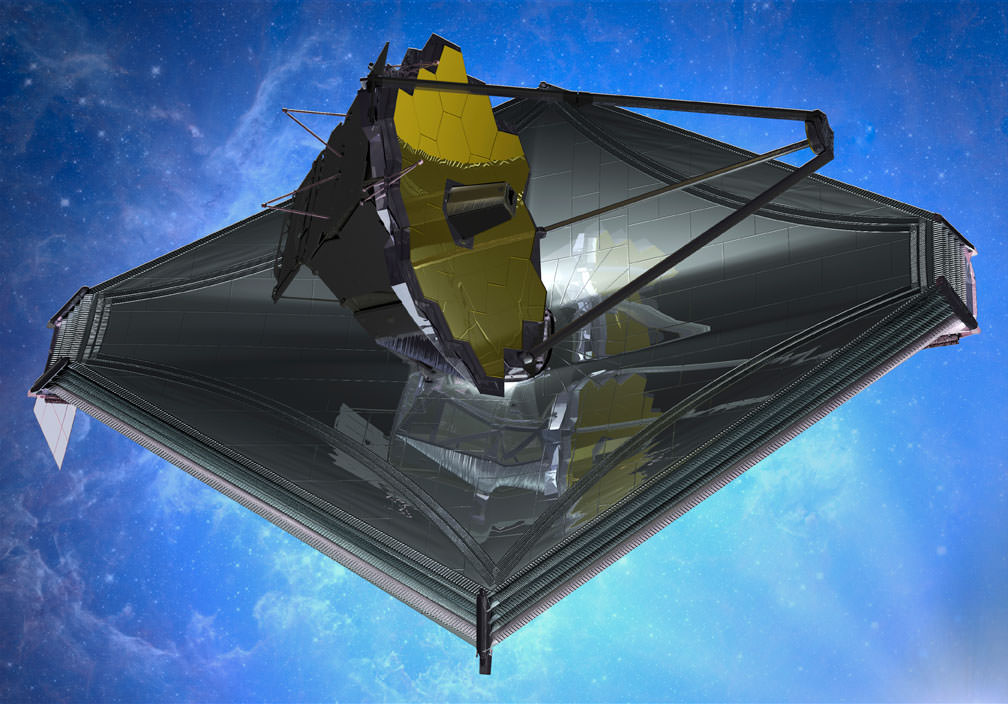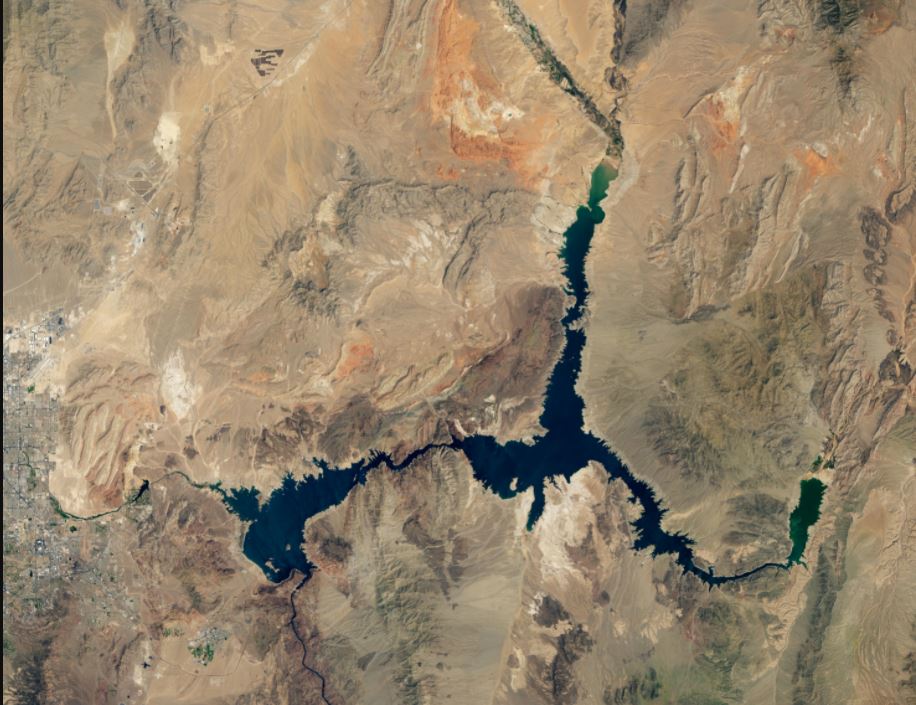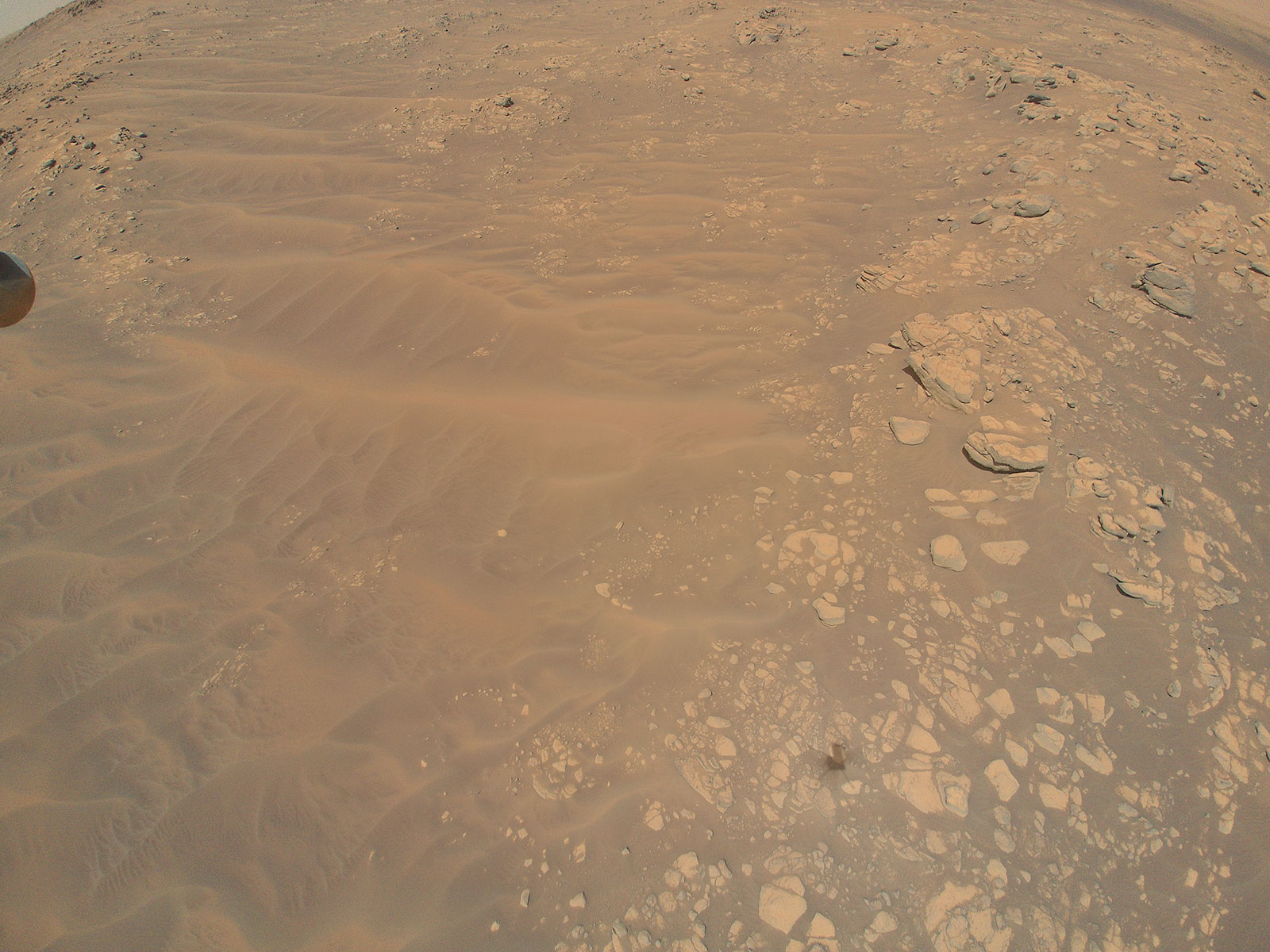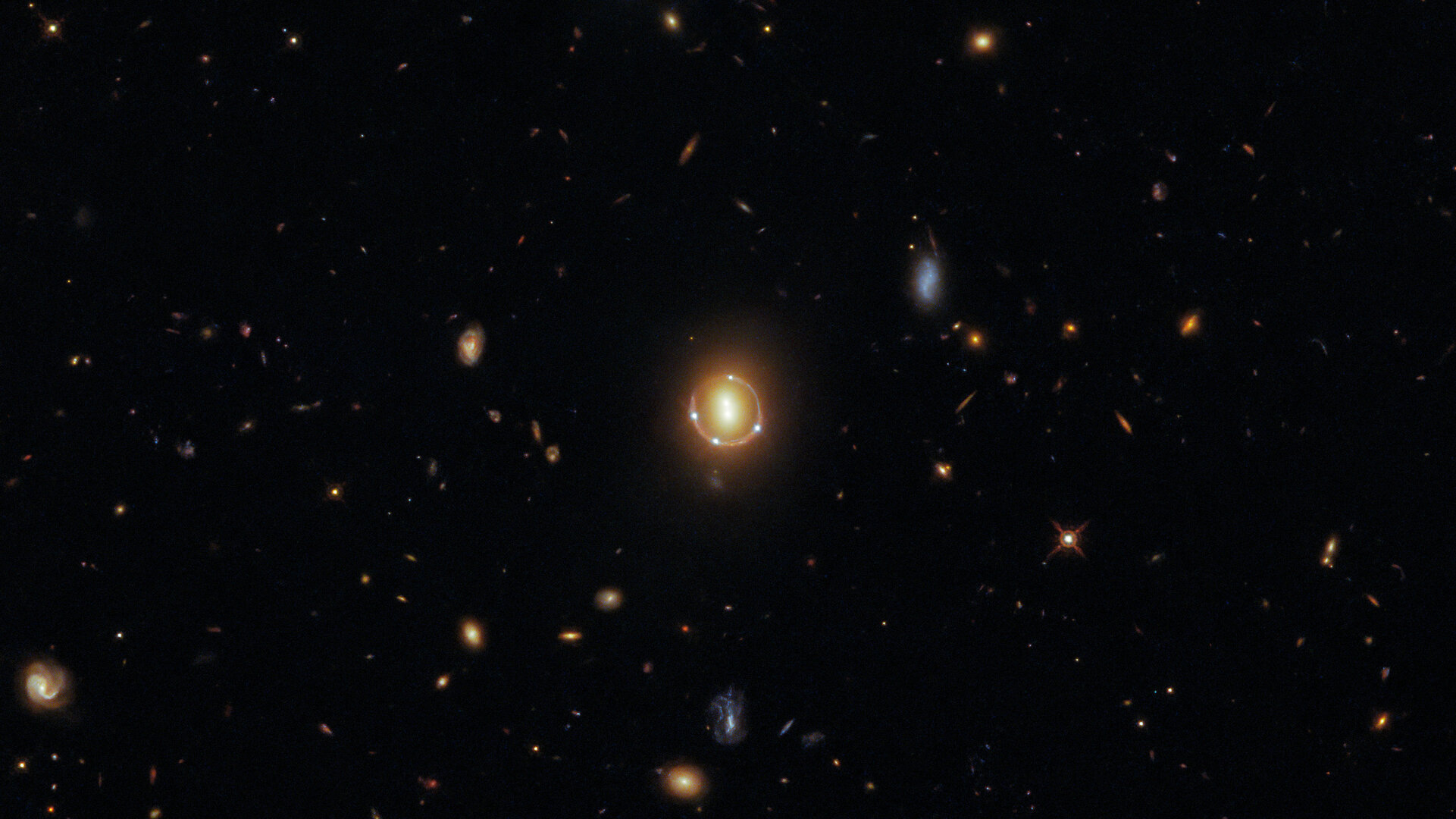NASA’s InSight lander has detected one of the most powerful and longest-lasting quakes on the Red Planet since the start of its mission. The big marsquake happened on Sept. 18 on Earth, which happened to coincide with InSight’s 1,000th Martian day, or sol since it landed on Mars.
The temblor is estimated to be about a magnitude 4.2 and shook for an unthinkable hour-and-a-half! For comparison, on Earth, most quakes last for just a few seconds, although two (one in 1960 and another in 2004) lasted for about 10 minutes. Scientists are still studying the data collected on this marsquake to determine why (and how) it endured for such a long time.
Continue reading “NASA’s InSight Experiences its Most Powerful Marsquake so far: Magnitude 4.2, Lasting 90 Minutes”
